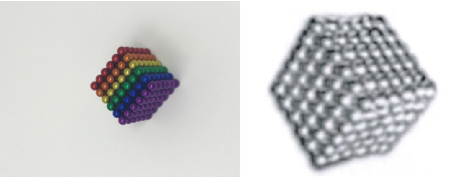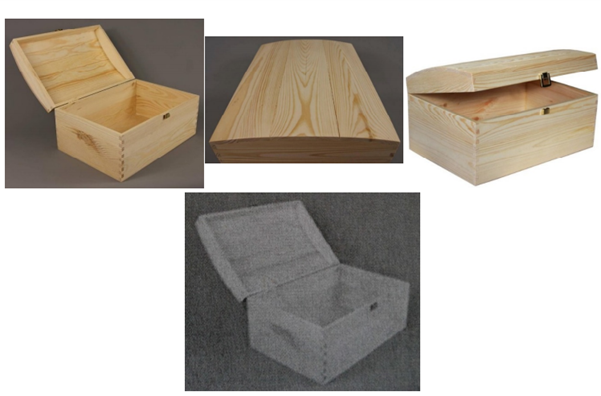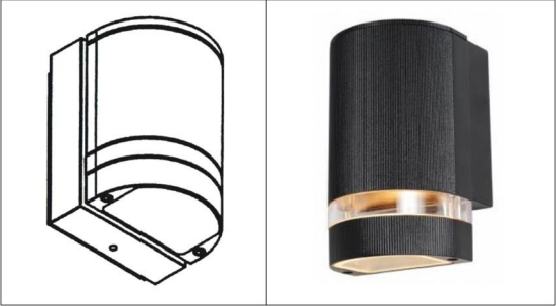
Registered designs are a cost-effective form of IP protection that enables the physical appearance of a product to be protected from use by competitors. The scope of protection is determined by the images, or representations, of the product in the design registration and it is down to the applicant to determine the content of these.
We have previously stressed the importance of carefully considering what you try to protect, and in a recent article, my colleague, Alistair Holzhauer-Barrie, discusses factors to be considered when preparing design registrations in order to achieve a “gold standard” of protection.
In this article, I look at a few examples of recent UK decisions that highlight some practical considerations that should go into the filing of any design application.
O/039/20 – When to Protect Colour
As we have previously covered, the Trunki case was a very good example of how unintentional colour and shading in your design can negatively affect the scope of protection. However, the limiting effect of colour cuts both ways, and it is important to recognise when colour is an important part of a design that should be protected.

Figure 1 shows the subject of the UK intellectual property office (IPO) designs hearing decision O/039/20. This decision relates to an application to invalidate a registered design for a magnetic ball bearing toy (left) based on a grainy image (right) of an older, similar product, referred to as the “prior art”. In this case, the design was filed alongside a disclaimer of colour, which meant that colour was to be ignored in assessing the validity of the design. From there, it is easy to see how the hearing officer reached their conclusion that the design was invalid. This is an example of where striving for the broadest protection in every case can do more harm than good.
This decision shows how failing to carefully consider the important aspects of a design at an early stage can create headaches later on. The attractive colour scheme used in this otherwise familiar type of product appears to be a key feature of the toy and, arguably, a feature which could have been identified and used to obtain valuable, and valid, protection.
O/399/20 – The Importance of Each View
UK and European designs can be filed with more than one view of a product and careful consideration should be paid to what is shown and what is not shown across the selection of views. Recognising how each view contributes to the overall scope of the design is important, as clearly demonstrated in the next case.

Figure 2 shows the design in question in another UK IPO decision, O/399/20. An application was made to invalidate a registered design for a wooden box (top row), based on prior art in the form of an image of a seemingly identical wooden box (bottom image).
The hearing officer recognised that the prior art image and the leftmost design view were identical “even down to the wood grain visible”, and indeed it seems the prior art was in fact a picture of the very same box that was shown in the design registration.
Fortunately for the proprietor, the registered design includes several views of the product, including a view showing the lid of the box, and the invalidity applicant was unable to provide a legible prior art view of the lid of the box.
For a registered design to remain valid in view of prior art, the whole registered design must be shown to be new (that is, not identical) and have “individual character” (i.e., sufficiently distinguished from the prior art). Here, the hearing officer was unable to assume that the lid of the prior art box was identical or close enough to that of the registered design to render the design invalid, since it could not be seen in the prior art image. Thus, selecting the right views of the product allowed the registered design to survive despite what appears to be a disclosure of (part of) the product, which at first glance appears to provide a damning validity attack.
Lutec (UK) Ltd & Ors v Cascade Holdings Ltd [2021] (IPEC) – Underlining the Value of Line Drawings

One final case from the UK intellectual property enterprise court (IPEC) demonstrates the power of line drawings in offering the broadest scope of protection against infringers.
Figure 3 shows a registered design for an outdoor light fitting (left) alongside an article (right) sold by the defendants that was held by the judge to infringe the registered design. The defendants attempted to avoid a finding of infringement by arguing that by filing line drawings the proprietor effectively claims a lack of surface decoration. Unswayed, the judge applied the conventional interpretation of line drawings – namely, as a claim to the shape of the product. The judge also noted, sagely: “it will be a very unusual case indeed in which a line drawing in a registered design claims an absence of surface decoration”. In this case, therefore, it seems likely that any other way of texturing or decorating the light fittings would also have led to a finding of infringement. Had the proprietor filed representations using computer-aided design (CAD) drawings or photographs, even ones which disclaimed colour, their ability to enforce the design registration could have been greatly diminished.
This simple example illustrates why applicants should consider not just the content of their designs, but also the form of the representations and what effects this choice can have on the scope of protection.
Achieving Gold Standard Protection
These examples highlight just some of the intricacies of registered designs which should be considered when filing any design registration. Our designs team have a wealth of experience in navigating these obstacles to ensure our clients receive the gold standard of protection for their products. It is important to remember that there is no one-size-fits-all approach – the route to well-rounded protection is highly dependent on the particulars of each product and market. Seeking professional advice is the best way to avoid your registered designs falling short at the time when they are needed the most.
If you would like more information on registered design protection or strategy, or have any questions in relation to the matters discussed in this article, please find our contact details on our website here and here, or contact us at gje@gje.com.


